First of all, what is a body farm? When you think of the term “farm” you think of an area in which things grow, so you would think that a body farm is a place were bodies grow...right? But this is silly because as we all well know humans grow inside of female humans. It is strange how when you think of “body,” it is automatically human. Why not dog or cow? But your first thought of what form the body comes in, human, is what the body farm is made up of. They are just dead bodies. A body farm, simply put is an area in which different bodies are put under different scenarios of death as to help forensic anthropologists along with federal agents to understand what the body would go through.
Dr. Bill Bass, the creator of the first body farm, made it as a tool for his forensic anthropological students. They needed to be put in a real life scenario to get practice for the real thing. From differentiating bone from wood or stone, to being introduced to how to deal with a dead body; smell and all. Not only that but teaching them how to differentiate human bone from animal bones. Look at the photo below; can you see which one is human?
Dr. Bill Bass, the creator of the first body farm, made it as a tool for his forensic anthropological students. They needed to be put in a real life scenario to get practice for the real thing. From differentiating bone from wood or stone, to being introduced to how to deal with a dead body; smell and all. Not only that but teaching them how to differentiate human bone from animal bones. Look at the photo below; can you see which one is human?
The one on the left is chimpanzee and the one on the right is human. You can tell by the carpals (the small bones at the bottom of the photo), that the one for the chimpanzee has two spaces and are jutted out, while the human is more filled. Also, the chimpanzee, as you can see, is much thinner. But when students have to identify human bones amoungst other animal bones such as the clavicle (collar bone), or even a rib, then it gets complicated. Some students who have proved themselves out in the body farm can be put on the examination of replicated crime scenes to figure out just what happened and how.
Now the actual body farm is as diversified as any amusement park. There are bodies scattered around the farm all in different situations. Some are buried, others are left out, some are even put into cars to see how the bodies decompose in each of these. Although the ones that are just left on the ground, some in the shade, others in the sun, all have a cage around them to prevent interference from outside elements; such as vultures. There are not that many body farms though, there are plans by other countries to make two outside the U.S.; one in Australia and one in India. The first one that Dr. Bass founded in 1980 at the University of Tennessee in Knoxville is still active. This is just one of four others; these are at the Western Carolina University in Cullowhee, North Carolina, and the last two are both in Texas, one at Texas State University in San Marcos and Sam Houston State University in Huntsville. You must be wondering, as I was, why these are not in every state. Although these farms require lots of space. For example, the one in San Marcos is a 16 acre field which is 7 miles from the actual city of San Marcos. The reason for this is because with all those bodies decomposing the smell must be unbearable to live near these 16 acres.
Bodies that are put in these farms are either donated or unclaimed bodies from morgues. That said, they are treated with the utmost respect. Even though these are basically meat bags, without them the students, the future of forensic, even physical anthropology, would be an even smaller field with untrained eyes. When they are put into positions or situations they are moved as if they were still alive. Reason being, yes out of respect, but also if you handle a dead body too roughly that can compromise the results of the experiment. Even though these farms are primarily for teaching humans, they also teach another form of animal; dogs.
I am sure that you have heard of blood hounds, but the dogs that are trained in body farms can find a body without using blood as a start. Also, there is not just one breed of dog; any breed can learn how to find a body. They start off with the obvious above ground bodies and as they get better and better the people who are in charge of putting together these tests bury a body then cover the soil with a concrete slab, because there have been cases in which a body was buried using that method. When the dogs find a body they do one of two things; they either lay down near the spot, or they bark.
As I have stated before, these bodies are put into any and all situations; hung, buried, put into water to name a few. These body farms can be gruesome for most, but for the select few who wish to pursue the knowledge they can gain from it, it is a start to a small but powerful profession. It is sad to say, but think of all the “inventive” ways we humans have come up with to murder someone, without these body farms, we could only see the end result and theorize what the body went through and what the murder did. Dr. Bass has truly made an imprint on the future of forensic anthropology with his creation.
Now the actual body farm is as diversified as any amusement park. There are bodies scattered around the farm all in different situations. Some are buried, others are left out, some are even put into cars to see how the bodies decompose in each of these. Although the ones that are just left on the ground, some in the shade, others in the sun, all have a cage around them to prevent interference from outside elements; such as vultures. There are not that many body farms though, there are plans by other countries to make two outside the U.S.; one in Australia and one in India. The first one that Dr. Bass founded in 1980 at the University of Tennessee in Knoxville is still active. This is just one of four others; these are at the Western Carolina University in Cullowhee, North Carolina, and the last two are both in Texas, one at Texas State University in San Marcos and Sam Houston State University in Huntsville. You must be wondering, as I was, why these are not in every state. Although these farms require lots of space. For example, the one in San Marcos is a 16 acre field which is 7 miles from the actual city of San Marcos. The reason for this is because with all those bodies decomposing the smell must be unbearable to live near these 16 acres.
Bodies that are put in these farms are either donated or unclaimed bodies from morgues. That said, they are treated with the utmost respect. Even though these are basically meat bags, without them the students, the future of forensic, even physical anthropology, would be an even smaller field with untrained eyes. When they are put into positions or situations they are moved as if they were still alive. Reason being, yes out of respect, but also if you handle a dead body too roughly that can compromise the results of the experiment. Even though these farms are primarily for teaching humans, they also teach another form of animal; dogs.
I am sure that you have heard of blood hounds, but the dogs that are trained in body farms can find a body without using blood as a start. Also, there is not just one breed of dog; any breed can learn how to find a body. They start off with the obvious above ground bodies and as they get better and better the people who are in charge of putting together these tests bury a body then cover the soil with a concrete slab, because there have been cases in which a body was buried using that method. When the dogs find a body they do one of two things; they either lay down near the spot, or they bark.
As I have stated before, these bodies are put into any and all situations; hung, buried, put into water to name a few. These body farms can be gruesome for most, but for the select few who wish to pursue the knowledge they can gain from it, it is a start to a small but powerful profession. It is sad to say, but think of all the “inventive” ways we humans have come up with to murder someone, without these body farms, we could only see the end result and theorize what the body went through and what the murder did. Dr. Bass has truly made an imprint on the future of forensic anthropology with his creation.
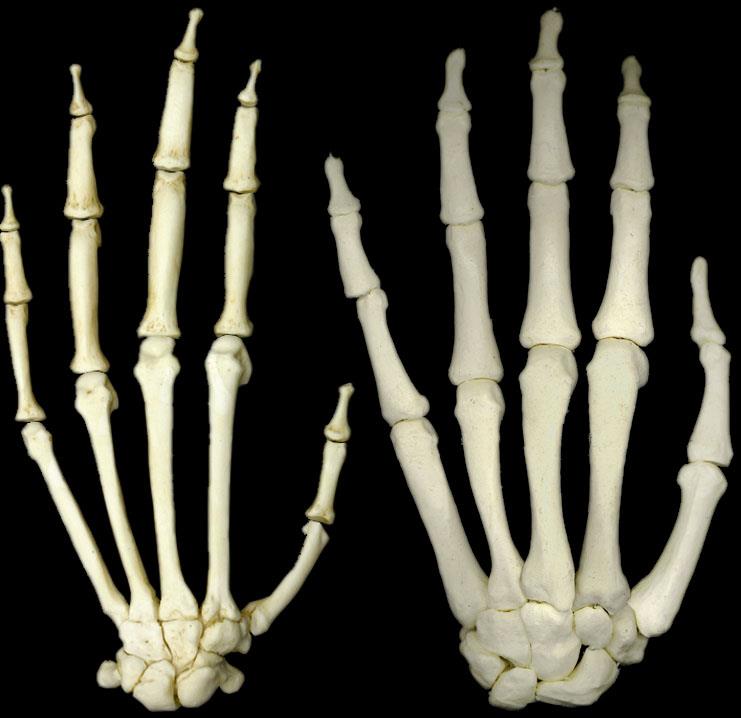
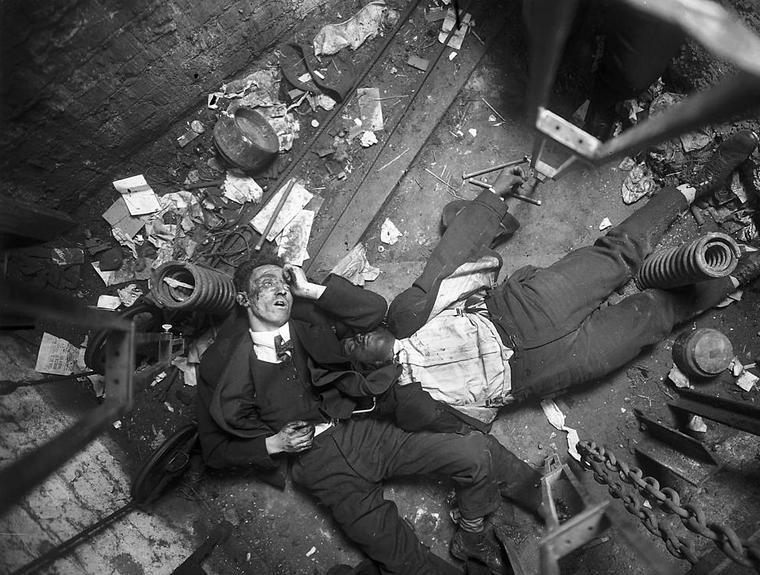


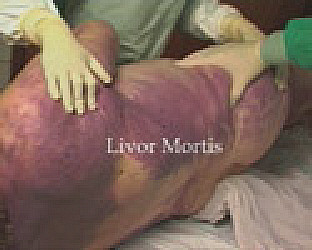
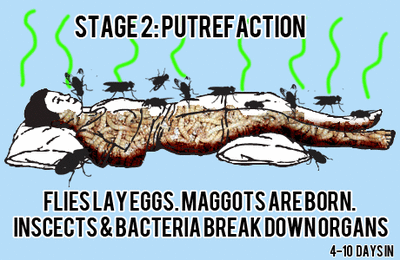



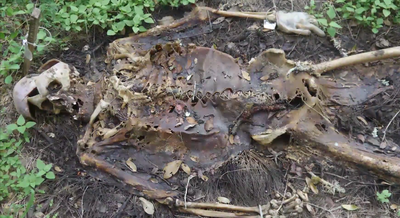
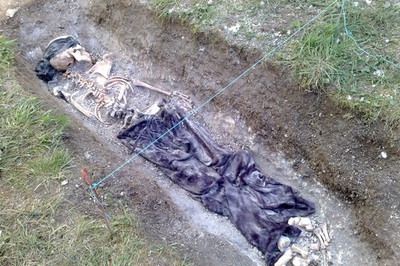


 RSS Feed
RSS Feed
